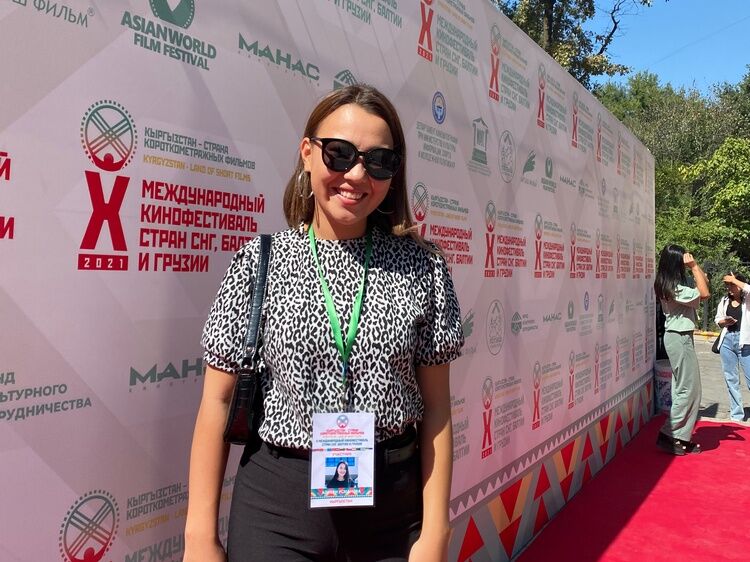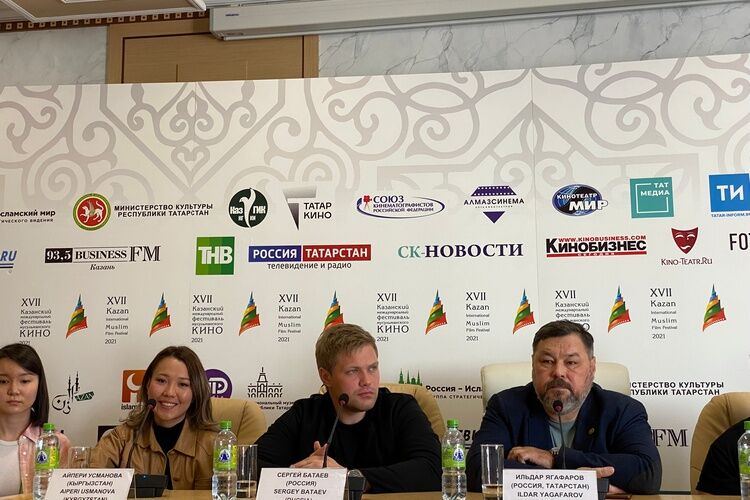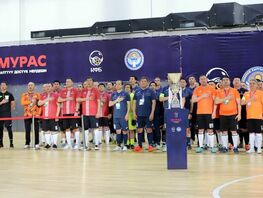As interest in global cinema grows, a promising Kyrgyz director shows how stories from Central Asia can offer a quieter, more personal kind of impact
The American film industry has long thrived on novelty: new voices, fresh perspectives, unfamiliar emotions. But increasingly, that novelty isn’t coming from Hollywood. It’s emerging from regions once seen as peripheral, including Central Asia.
For American audiences accustomed to polished arcs and global blockbusters, the emotional depth of Central Asian cinema offers something strikingly different. These films aren’t louder, they’re truer. They deliver quiet stories about identity, inequality, and transformation, told with precision and courage.
It earned the Audience Choice Award at the Kyrgyzstan — Land of Short Films Festival and a Special Jury Mention at the Umut International Cinema Forum. «The Girl» has since been broadcast nationally in Kyrgyzstan and integrated into gender studies programs.
To see why Aiperi Usmanova’s film stands out, and why films like it are finding an audience abroad, it’s worth looking at how Central Asian cinema tells stories.
What Makes Central Asian Cinema Different — and Why It Resonates
Central Asian films don’t shout, they observe. In contrast to the high-gloss aesthetics and narrative certainties often found in mainstream cinema, films from Kyrgyzstan, Kazakhstan, Uzbekistan, and their neighbors tend to favor stillness, internal conflict, and unresolved endings. These are works that trust the viewer to sit with discomfort and draw meaning from silence.
Aiperi’s «The Girl» follows this path with unflinching clarity. There are no dramatic courtroom scenes or heavy monologues. Instead, the camera lingers. The tension builds not through action, but through what’s left unsaid — a technique deeply embedded in the region’s cinematic tradition.
In Central Asia, life often moves in circles, not straight lines. There isn’t always justice or closure. Our stories reflect that, they show how people survive, adapt, and carry their histories inside them, even when nothing gets fully resolved.
Aiperi Usmanova
This emotional realism, often mistaken for minimalism, is one of the defining signatures of Central Asian cinema. These films are not afraid of quiet. Instead, they use it as a form of resistance: against noise, against simplification, and against the commercial urge to explain away complexity.
Environment is emotional. Where I come from, people don’t always say what they feel. But you can read it in the spaces around them. In the empty rooms. In the fields after harvest. In the way a house sounds when someone is missing.
Aiperi Usmanova
Telling Stories That Challenge Traditions
The region’s films are also shaped by post-Soviet duality, where traditional values, Islamic heritage, and Soviet-era memory coexist and collide. This layered backdrop gives rise to stories about dislocation, generational tension, and the search for voice, especially among women. These themes run through Aiperi’s own career, both in narrative and education.
Many directors from the region also embrace a hybrid storytelling format that blurs the lines between fiction and documentary. This mix of real life and storytelling also shaped Aiperi’s work at Lights Creative Academy. As Executive Director, she helped students create stories based on what they saw around them — everyday challenges, local women’s lives, and the issues their communities faced.
She placed particular emphasis on supporting students from remote regions, especially young women. She helped them expand their horizons, gain confidence in themselves, and even find employment.
I believe that everything begins with education. That’s why I aimed not only to share knowledge but also to support my students on their professional journey. All of them need to see a different future for themselves and believe they deserve to be heard.
Aiperi Usmanova
Many of these young women pursued careers traditionally considered «male-dominated» in the conservative societies of Central Asia: video editor, graphic designer, animator. For them, creativity became not just a profession but a means to transform their lives and to challenge societal norms about the role of women.
Creating More with Less: A Distinct Visual Language
The visual language of the region is also distinct. With limited access to large budgets, many Central Asian filmmakers have developed what might be called «resource-driven aesthetics.» Aiperi also used this approach at Interwork Exchange (IWEX), where she worked as a creative director. She often crafted entire video campaigns using modest equipment and tight timelines, relying instead on emotional framing, symbolic contrast, and grounded performances.
We’ve learned to express more with less. And sometimes, that makes the work even more honest. You can’t hide behind effects or spectacle. You have to reach people with something real.
Aiperi Usmanova
This stripped-back approach doesn’t diminish impact, but amplifies it. For American viewers often overwhelmed by sensory saturation, Central Asian cinema provides something almost radical: space. Space to interpret. Space to relate. Space to feel.
New Voices, New PerspectivesThis documentary sensibility extends into Aiperi’s upcoming work. Now based between the U.S. and Kyrgyzstan, she is developing a new film centered on female migrant identity — a subject deeply relevant to Western audiences, but rarely seen through a Central Asian lens. At the same time, she’s launching a visual storytelling course for women across the region and its diaspora, designed to help new filmmakers tell their own quiet, powerful stories.
Through filmmakers like Aiperi, it becomes clear that Central Asia is not simply contributing stories to the global film scene; it’s contributing a different cinematic logic. One that doesn’t rush. One that elevates the internal. One that trusts truth to speak for itself.











